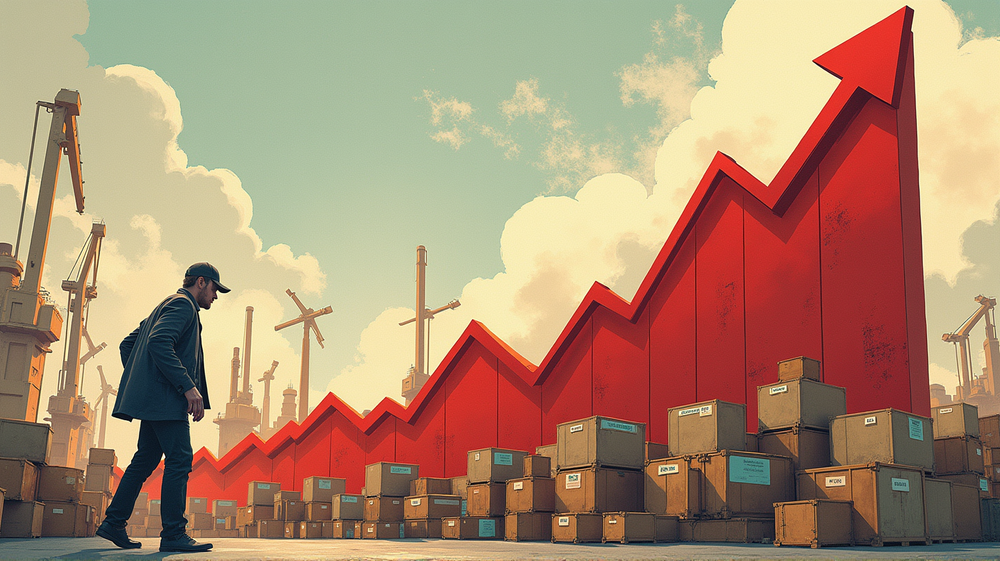OECD Cuts US Economic Growth Forecast Amid Trump's Turbulent Tariffs
In a dramatic shift that has sent ripples across the economic landscape, the Organization for Economic Co-operation and Development (OECD) has revised its economic projections for the United States. The respected organization has slashed the U.S. growth forecast for 2025 to a modest 1.6%, down from 2.2% previously anticipated. The repercussions of this announcement hint at larger global economic unease, forecasting a challenging journey ahead.
Tariff Tensions: Catalyst for Economic Slowdown?
According to the OECD, a significant contributing factor to this downward revision is the tariffs implemented by President Donald Trump. The intricate trade policies, characterized by heightened barriers to trade and significant policy uncertainty, have thrown a wrench into the gears of global economic growth. With inflation risks looming close to the 4% mark by the end of 2025, as per the OECD’s warnings, economies are teetering on the brink of what economists term as “stagflation.” This delicate balance of rising prices and slowing growth spells a precarious future for consumers and businesses alike.
Inflation on the Horizon
As the cost of trade rises, consumers might witness a surge in prices, an outcome that both Wall Street analysts and the Federal Reserve are keeping a close eye on. Retail giants such as Nike and Walmart brace themselves for possible price hikes, driven by the ripple effect of trade policies. If consumer spending—the lifeblood of the U.S. economy—withdraws, the domino effect could lead to business setbacks and potential layoffs.
Structural Changes and Shifting Sentiments
The economic atmosphere is not isolated from broader geopolitical movements. A recent trade agreement between the U.S. and China partially eased tensions, bringing some respite to Wall Street, temporarily alleviating recession fears. Trump’s approach, fluctuating between imposing and easing tariffs, has left policy direction in a state of flux, creating uncertainty and fueling debate around these economic maneuvers.
The Balancing Act
Despite these challenges, some economic indicators provide a silver lining. Unemployment remains low, with job growth, although slowed, still robust. Recent trends signal cooling inflation, reaching a significant low unseen since 2021.
Looking Forward
In this uncertain environment, economists and policymakers find themselves pondering the intricate dance between trade policies and economic resilience. As the weeks unfold, the world will be closely watching the U.S. economic landscape, glancing toward the horizon for signs of stability amidst the stormy clouds of uncertainty.
As stated in ABC News, the economic prospect remains a significant focus as policy impacts continue to unfold.




